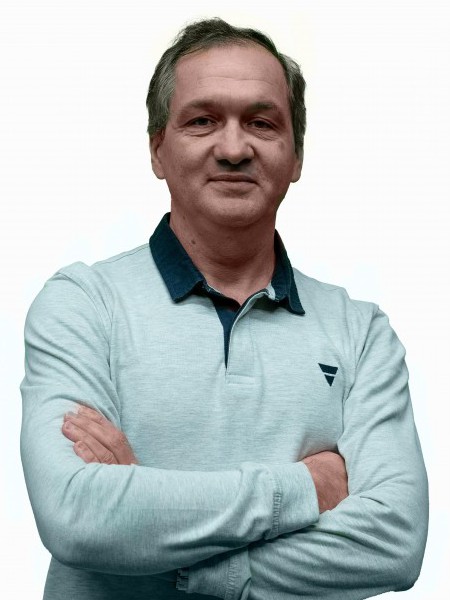abstract
Oxide materials are of current interest as high-temperature thermoelectrics in the automotive and manufacturing energy-harvesting sectors due to high chemical robustness, low toxicity and low cost. Driven by a need to improve the thermoelectric performance of n-type oxides to the level of p-type analogues, ceramics and composites based on donor-doped SrTiO3 are considered as a promising material. Here Nb-doped SrTiO3 with Nb content of 10 and 15% as well as Sr/(Nb + Ti) ratio of 1.00 and 0.98 was mixed with 0.6 wt. % of graphene oxide (GO) prepared by Hummer-based method and conventionally sintered in atmosphere of H-2/N-2 to reduce both Nb-doped SrTiO3 and GO. Addition of reduced GO in combination with introduction of Sr vacancies provides a synergistic effect of fastening charge transport and thereby increasing electrical conductivity sigma and suppressing the thermal conductivity kappa. These factors, together with a moderate Seebeck coefficient S, result in a high power factor PF = S-2 x sigma up to similar to 1.98 mW/(K(2)m) and thermoelectric figure of merit ZT = PF x T/kappa up to 0.29. These findings offer further prospects for seeking high performance SrTiO3-based thermoelectrics by modification with reduced GO. (C) 2018 Elsevier Ltd. All rights reserved.
keywords
DIELECTRIC PERMITTIVITY; POWER; CERAMICS; TEMPERATURE; TRANSPORT; VACANCIES; FIGURE; CARBON
subject category
Chemistry; Materials Science
authors
Okhay, O; Zlotnik, S; Xie, WJ; Orlinski, K; Gallo, MJH; Otero-Irurueta, G; Fernandes, AJS; Pawlak, DA; Weidenkaff, A; Tkach, A
our authors
acknowledgements
This work was developed within the scope of the project CICECO-Aveiro Institute of Materials, POCI-01-0145-FEDER-007679 (FCT Ref. UID/CTM/50011/2013), financed by national funds through the FCT/MEC and when appropriate co-financed by FEDER under the PT2020 Partnership Agreement as well as within FCT independent researcher grant IF/00602/2013 and post-doctoral grant SFRH/BD/77704/2011.




